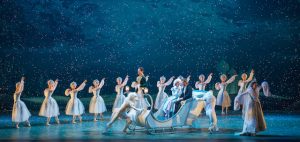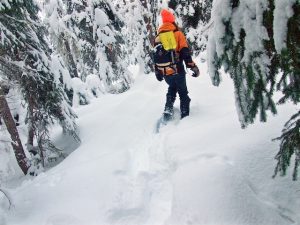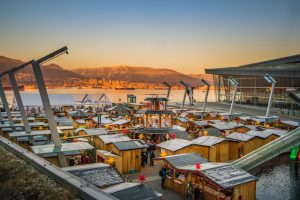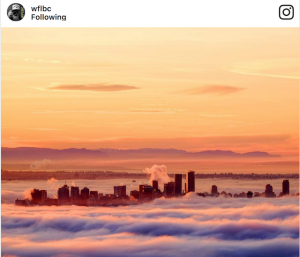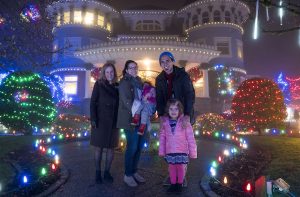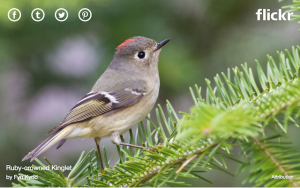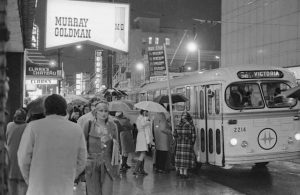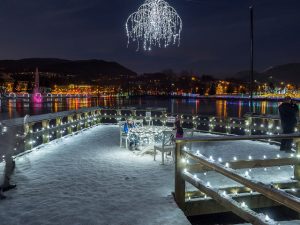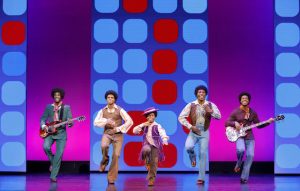Holiday Heights at Bloedel Conservatory. From December 15, 2017 to January 7, 2018 experience an Arctic Oasis at Bloedel Conservatory with seasonal lights, music, and a holiday scavenger hunt.
Continue reading this post
Ballet BC is proud to present the return of Alberta Ballet in their exquisite production of the holiday classic The Nutcracker at the Queen Elizabeth Theatre, with live music by the Vancouver Symphony Orchestra. Enter to win a pair of tickets from Miss604.
Continue reading this post
Where to snowshoe near Vancouver this season. Information about Manning Park, Mt Seymour, Cypress Mountain, and Grouse Mountain snowshoeing
Continue reading this post
Enter to win the ultimate Vancouver Christmas Market gift box with prizes from over 15 vendors, including ornaments, treats, handmade goods and more. The winner will also receive season passes for the market.
Continue reading this post
A roundup of eerily beautiful Vancouver fog photos, from the tag #Fogcouver, the Miss604 Flickr Pool, and the #photos604 tag on Instagram.
Continue reading this post
Canuck Place has launched the online Light A Life campaign to invite the public to join donors at the Lighting of the House event in contributing to Canuck Place care
Continue reading this post
Seasonal Symbiosis in Stanley Park – This month’s Stanley Park Ecology Society guest post, contributed by Ben Hill. While flowers are long gone, there are still many ways that plants and animals rely on each other during the winter months.
Continue reading this post
From the City of Vancouver Archives: Christmas Shoppers on Granville in 1973. © City of Vancouver. Photographer: William Edgar Knowles Middleton.
Continue reading this post
8 Ways to Enjoy a Night Out in Coquitlam When Visiting Lights at Lafarge: Hot chocolate or craft beer, shopping or manicures, wave pool swims, family movie nights and more.
Continue reading this post
Pre-Sale Code for Motown the Musical in Vancouver valid December 7 to December 9, 2017. Motown the Musical comes to the Queen Elizabeth Theatre in Vancouver February 6 – 11, 2018.
Continue reading this post

 Win Your Audi Raffle in Support of Sources BC
Win Your Audi Raffle in Support of Sources BC Vancouver Polar Bear Swim Registration Open
Vancouver Polar Bear Swim Registration Open Winter in Steveston Village with Gulf of Georgia Cannery
Winter in Steveston Village with Gulf of Georgia Cannery
